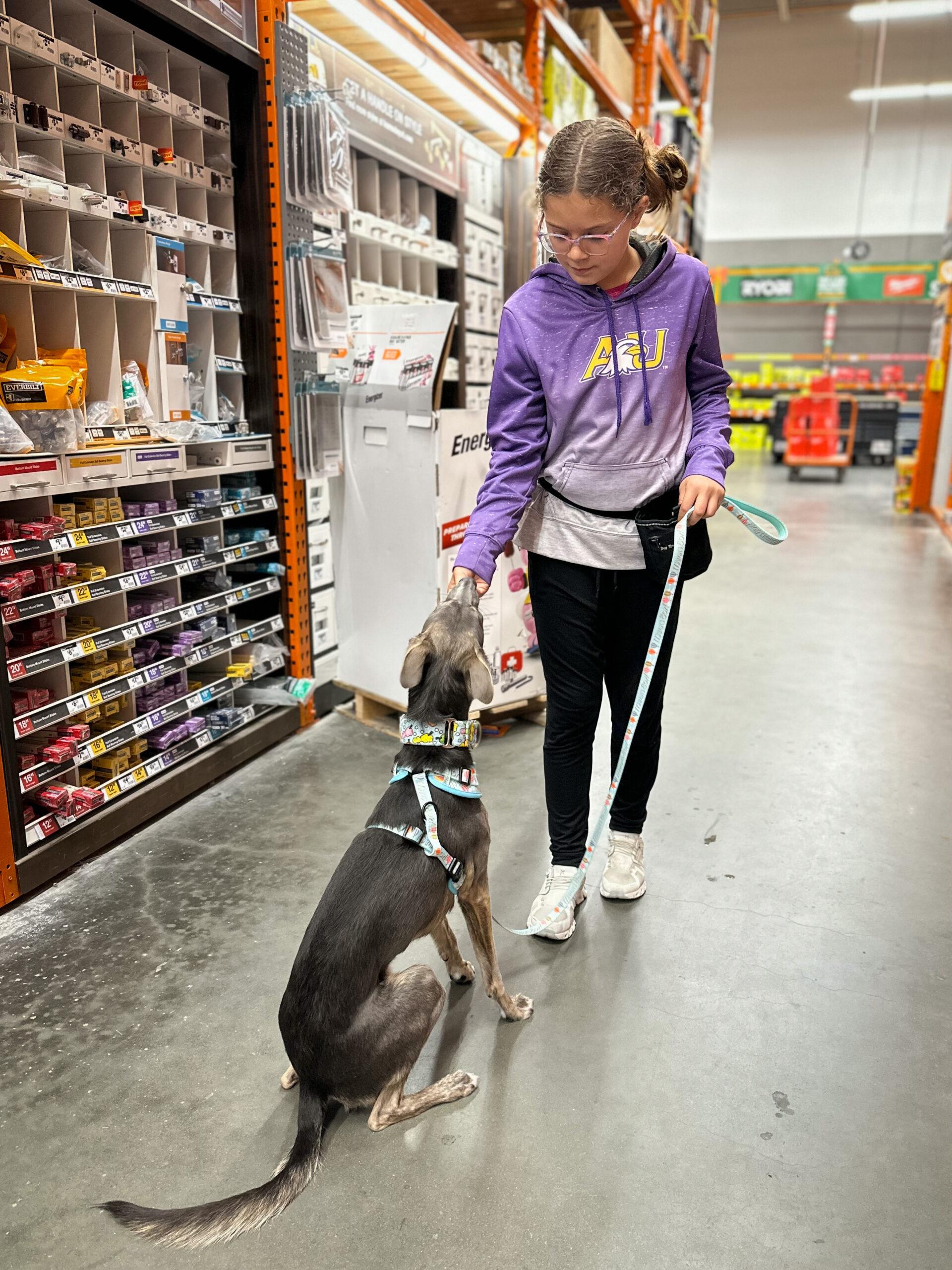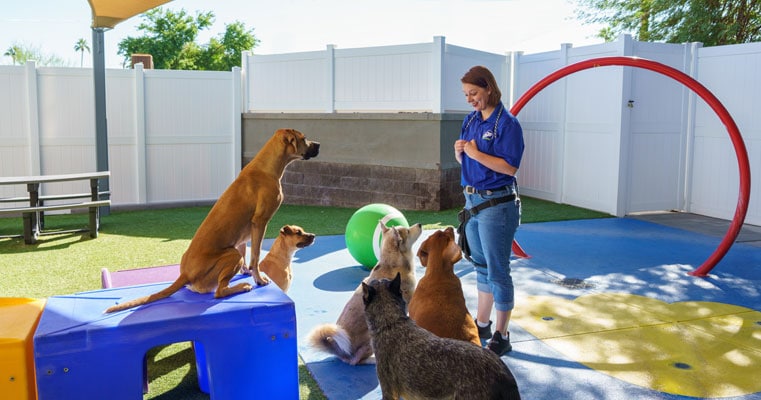How to Master Dog Training and Build a Stronger Bond with Your Pup
How to Master Dog Training and Build a Stronger Bond with Your Pup
Blog Article
Leading Canine Training Methods Every Owner Must Know

Favorable Support Techniques
Making use of positive support techniques is necessary for reliable canine training, as it promotes a relying on bond in between the canine and the fitness instructor. This technique concentrates on satisfying preferable actions instead of punishing undesirable ones, developing an atmosphere conducive to discovering. Benefits can consist of treats, appreciation, or play, which inspire pets to repeat the habits that gain them these benefits.

In addition, this strategy enhances the canine's excitement for training sessions. When canines connect training with favorable experiences, they are more engaged and responsive. Past instant therapy, positive support encourages a collective partnership in between the pet dog and instructor, reducing anxiety and anxiety
To maximize effectiveness, it is important to provide benefits immediately, ensuring the dog connects the behavior with the support. Basically, positive reinforcement strategies not just produce better-trained pet dogs however likewise advertise a harmonious partnership in between pet and proprietor.
Remote Control Training Approach
The clicker training technique is a highly effective method that develops upon the principles of favorable support by including an unique noise to mark preferred actions. This approach makes use of a tiny portable tool that generates a clicking sound, allowing trainers to interact with their pets in a instant and clear fashion. When a pet dog does a habits that the owner wants to motivate, the clicker is turned on, followed by a reward, typically in the kind of deals with or praise.
The key to effective remote control training depends on uniformity and timing. It is essential to click at the exact moment the preferred habits happens, guaranteeing that the canine links the audio with the activity and the succeeding incentive. This method not only boosts interaction however additionally promotes a stronger bond between the owner and the canine, as it motivates engagement and interaction throughout training sessions.
Remote control training can be put on a selection of commands and behaviors, from standard obedience to much more complex methods. Its flexibility and effectiveness make it a favored strategy amongst expert instructors and pet dog owners alike, leading the way for a responsive and trained canine companion.
Chain Training Essentials
Reliable chain training this post is necessary for making sure a secure and satisfying strolling experience for both dogs and their owners. A flat collar might function for some pets, while others might profit from a harness that reduces pulling.
Present your dog to the leash gradually, allowing them to explore it in a comfortable setting. This entails fulfilling your pet for strolling next to you instead than pulling in advance.
If your pet dog begins to draw, quit walking instantly. Additionally, practice numerous walking environments to aid your pet dog adapt to distractions.
Regular technique will solidify your pet's understanding of leash rules. Remember that chain training is a continuous procedure; persistence and uniformity will generate the most effective outcomes, promoting a positive experience for both you and your canine friend.
Socialization Techniques
Socialization is an essential facet of canine training that ought to preferably begin during puppyhood yet can be helpful at any age. Reliable socialization helps pets create confidence and reduces the probability of behavioral problems. To implement effective socializing approaches, expose your pet dog to a variety of atmospheres, individuals, and other pets.
Start with controlled setups, such as young puppy courses or arranged playgroups, where young canines can connect safely. Progressively introduce your pet dog to new experiences, including various noises, surface areas, and tasks. Guarantee these experiences are satisfying and favorable to establish a complacency.
For adult pet dogs or those doing not have exposure, begin with low-stress scenarios. Short, positive interactions with calm dogs and friendly people can produce positive associations. Use treats and praise to strengthen preferable actions during these experiences.

Uniformity and Persistence
Acknowledging the importance of uniformity and patience in pet training is vital for achieving long-term results. Irregular training can lead to confusion, making it hard for the canine to realize commands or habits, inevitably hindering progression.
Additionally, patience is a critical element of effective training. Pet dogs, like humans, discover at their very own pace. Some might realize ideas quickly, while others may take much longer. It is vital for owners to remain encouraging and tranquil, enhancing positive habits without considering aggravation or punishment. This cultivates a trusting connection between the pet and proprietor, urging an extra enthusiastic and ready student.
To cultivate consistency and perseverance, develop a regular training regular, utilize the very same commands, and make certain that all relative use the exact same training concepts - Dog training. By doing so, you develop a steady setting favorable to finding out, permitting your canine to develop and flourish right into a well-behaved buddy
Final Thought
Finally, reliable pet dog training methods, such as positive support, remote control training, and correct chain training, are necessary for promoting a healthy and balanced owner-dog partnership. Furthermore, executing socializing strategies and preserving consistency learn the facts here now and persistence throughout the training process adds substantially to a pet's overall health. By integrating these techniques, pet dog proprietors can promote the development of well-adjusted, loyal animals, eventually improving the top quality of life for both the proprietor and the canine.
Amongst the most famous techniques are favorable support, clicker training, and leash training, each offering distinct advantages that add to a well-behaved pet. As we discover these basic methods, it comes to be apparent that grasping their nuances can significantly impact the training experience and the pet dog's general behavior.Making use of favorable reinforcement techniques is essential for reliable dog training, as it promotes a relying on bond in between the pet and the trainer.In conclusion, reliable pet dog training techniques, such as favorable support, remote control training, and proper chain training, are crucial for promoting a healthy owner-dog partnership. By integrating these approaches, pet dog proprietors can promote the growth of well-adjusted, loyal pet dogs, ultimately improving the quality of life for both the owner and the pet dog.
Report this page